Porto
In this story, there will be no beating around the bush. Porto is the most incredible city in Europe that I have visited.
⁂
A budget Ryan Air plane lands at a small airport in Porto. There are no hundred gates for disembarkation, and instead of an airbridge, passengers disembark directly onto the ground from the stairs. Even a bus doesn’t arrive—instead, a blue-colored pedestrian walkway is painted on the tarmac.

The best way to get to the city center is to take a tram, which runs every 15 minutes and, of course, doesn’t accommodate all the arrivals, creating overcrowding and unbearable stuffiness inside.
The author, who had been sleeping for several days for 6 hours each and spending the remaining 18 hours exploring Madrid, finally collapses from exhaustion in this cramped tram and revives themselves by pouring mineral water over their head.
Portugal is the poorest country in Europe, and this becomes noticeable within the first few minutes of the journey. What will happen next? From Porto, there’s a desire to get back to Madrid without even reaching the city. Getting off the tram, which conveniently broke down in the middle of the trip, walking to the makeshift airport, buying a ticket—and off to Madrid.
But experience tells the clouded mind, affected by the heat: it’s not necessary. This feeling always arises before you arrive at the coolest places on Earth.
⁂
The view from the hotel room window resembles Montenegro.
Meanwhile, every house in the center of Porto is an antique mansion; however, every mansion here looks like an abandoned house. Inside, there are decaying floors and creaky wooden stairs, peeling plaster off the walls, and a complete absence of air conditioning.

None of this spoils the impression of the city. Just stepping out of the hotel doors and turning your head to the right is enough, and your head remains fixed in that position until the end of the day.

The spirit is captivated by a single glance at these streets, darting like an arrow towards the sea, and even on a sunny day, fading into a gentle haze.

The architecture of Porto is a paradox. If you try to search for information about Portuguese architecture, you will find everything: mosques in Moorish style and castles in Roman style, Portuguese Gothic, Mannerism and Baroque, Pombaline and Manueline, modern architecture, and Doric style. But you will never find articles about “ordinary houses.”
And these very “ordinary houses” are the coolest thing in Porto. Not belonging to any architectural style, they are completely covered in eye-catching ceramic tiles of exquisite beauty.

This type of tile is called “azulejo.”

Once again, my ear, trained in Arabic words, recognizes the borrowing from the time of the Caliphate. The Portuguese were taught to lay tiles by the Arabs, and the word “azulejo” comes from the Arabic word “zulayj,” which meant a small glazed stone.

So, with these “small glazed stones,” after a thousand years since the Arab conquests, all houses in Porto are covered. And what are houses in a port city? They are haphazard constructions of varying thickness, height, and proportions.

Porto is incredible. The brain refuses to comprehend it. On one hand, it resembles Albanian slums where a tiled floor in a toilet was mistakenly spread throughout the entire city.

On the other hand, as you walk around, you think to yourself: “Damn, forget about conventions, this looks unbelievably cool.”

There are places in the city where everything looks like it’s straight out of a painting.

I’m not sure if the laws of some countries allow displaying such beauty. Somewhere here must be extremism.

It’s not necessary for all houses to be covered in tiles. The ratio is approximately 50/50. Half of the houses are covered in tiles, and the other half are painted. It doesn’t matter; here, every frame is like a ready-made advertisement for a new super-display for phones.

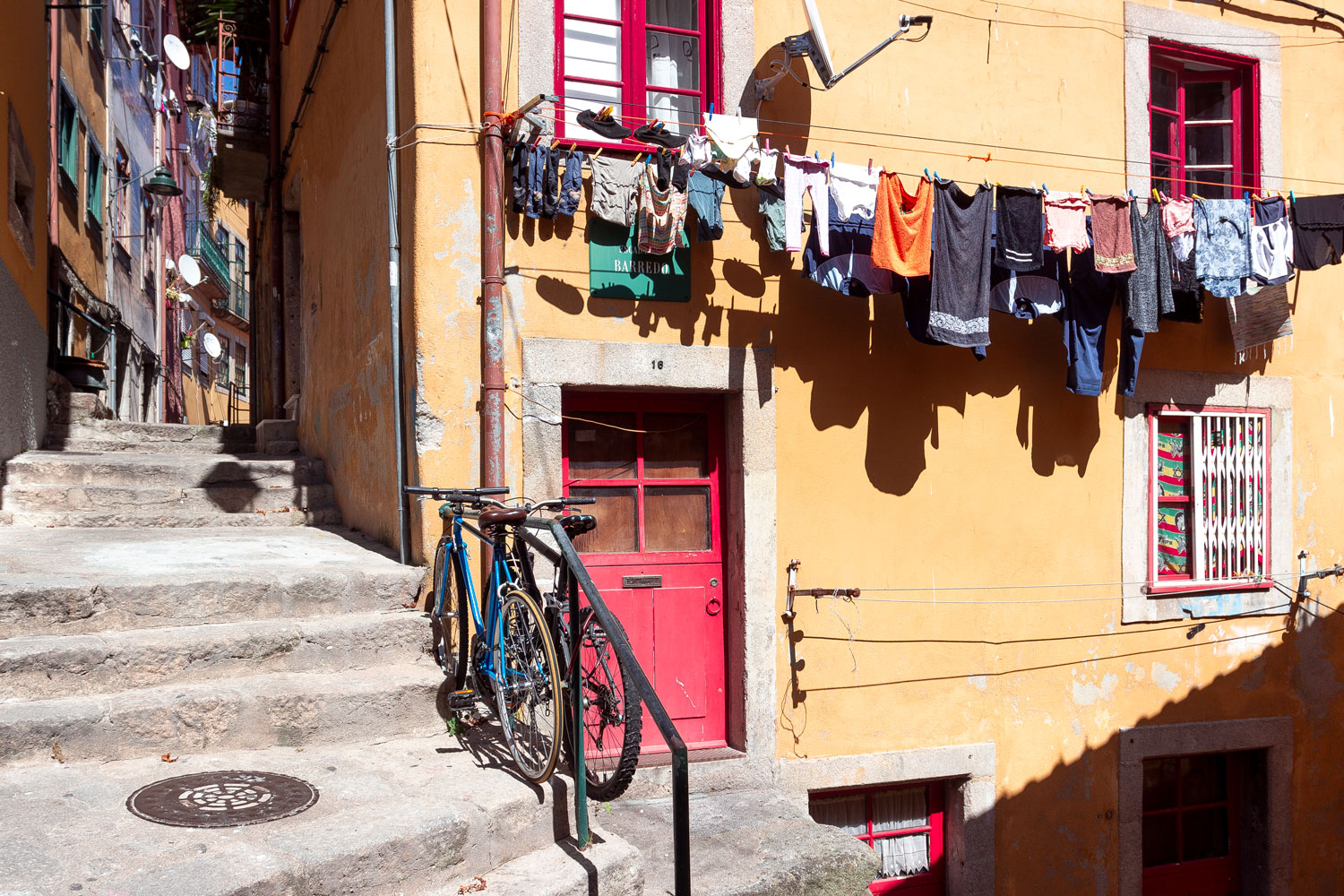
Azulejo is a type of tile specifically for houses. In Portugal, there are also sidewalks, so there is a specific tile for them, aptly named “Portuguese sidewalk tile.”
There is not much of this tile in Porto; it is mostly used for paving in Lisbon. However, in the places where it is present, it guarantees a visual feast for the eyes.
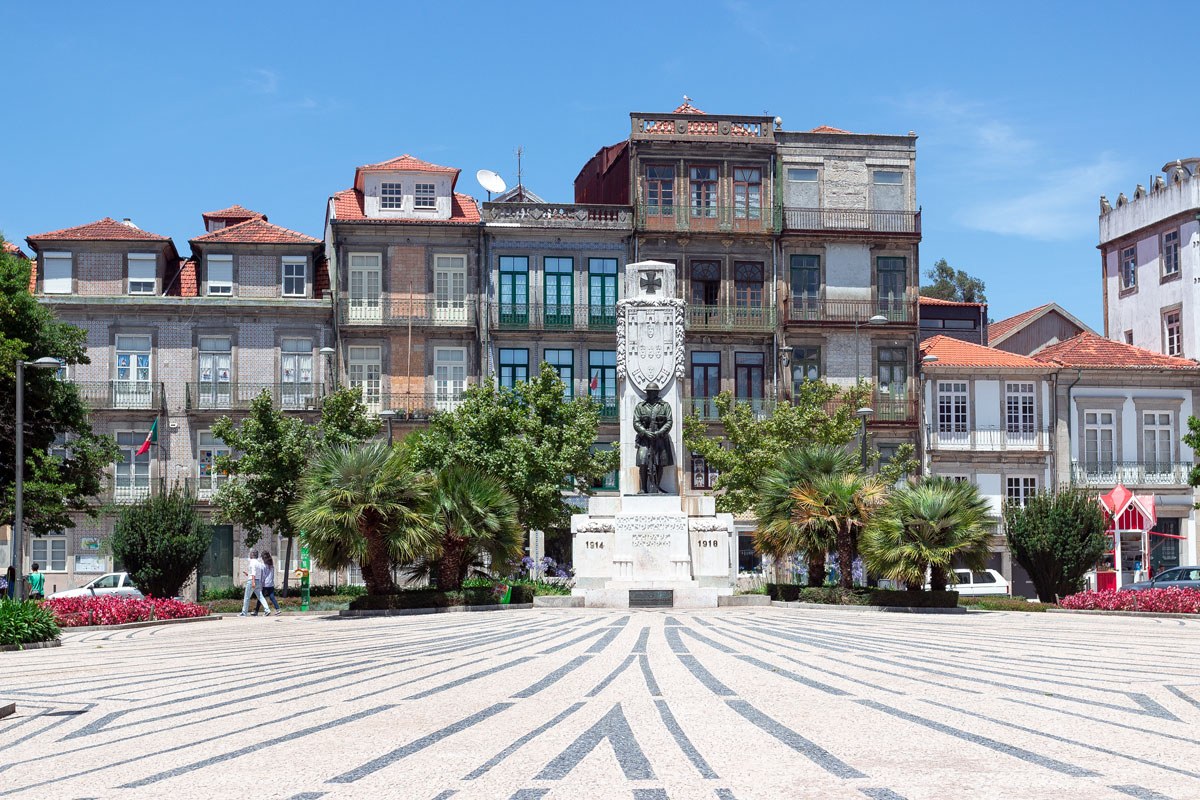
Not only residential buildings in Porto are paved with tiles. Here is a Methodist sect church built in 1877.

And here is a huge complex consisting of two temples from the 17th and 18th centuries, with a multi-meter wall on which an entire picture is tiled.
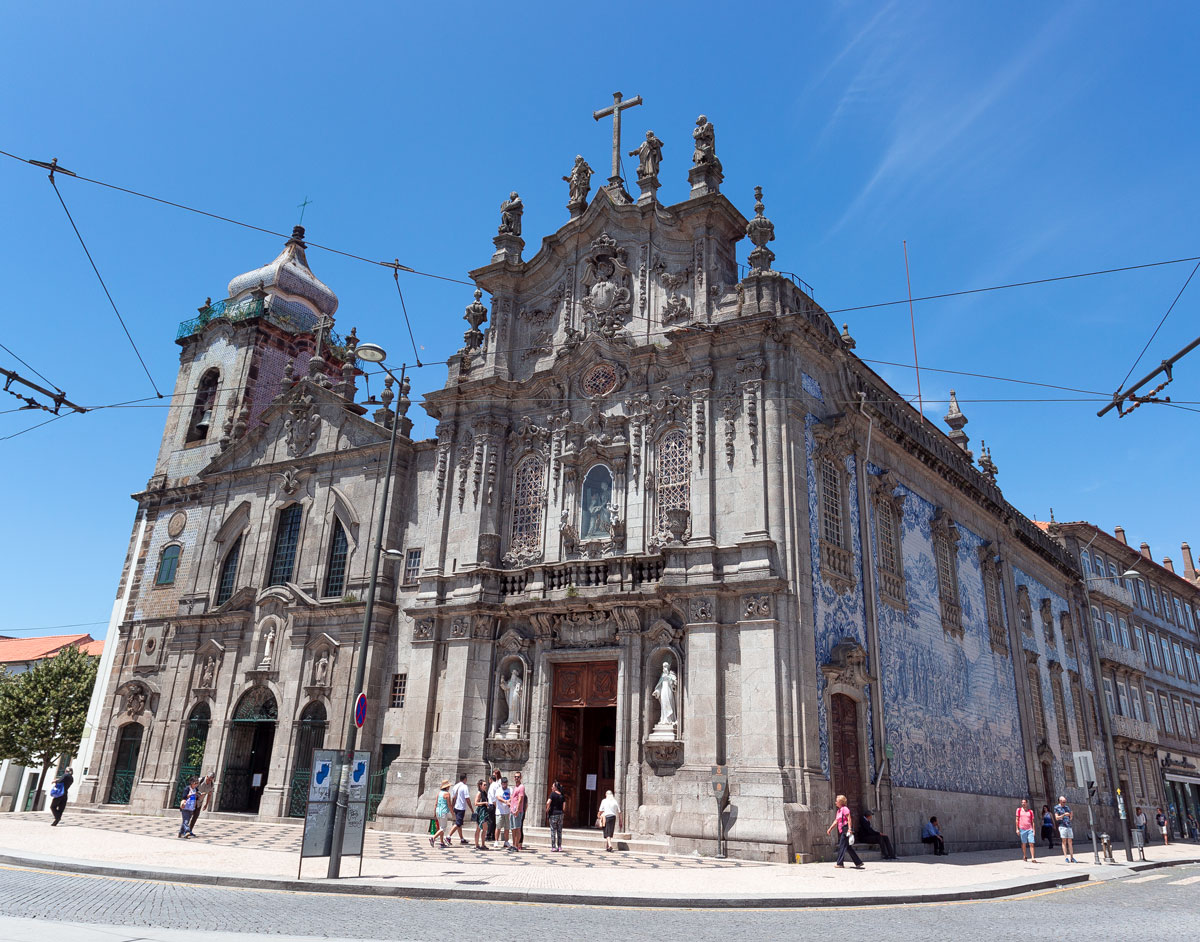
Locals are generally fine with it, they’re accustomed to it.

Well, it’s just Portuguese everyday life. Like the Kremlin in Moscow. Foreigners are amazed, but it’s boring for Muscovites.



The excitement of Porto doesn’t end with the tiled facades. In this city, there is actually an incredible concentration of artifacts.
It turns out that if you climb up the old bell tower and look at the city from above, it becomes completely different, unlike itself.

If Porto from the streets is an endless colorful pattern of polished tiles, then Porto from above is a river of red roofs, quite literally a river where you can even see streams of tiled “water”.



Any unattractive corner in Porto can reveal such a breathtaking view that in other countries, you would need a navigator to find it.


And if you happen to enter a sardine store, a beloved Portuguese dish, instead of tiles, the walls are covered with canned jars sorted by their production year.
It’s strange that there isn’t a single house in the city with walls tiled with sardines.

And on the central square of Porto, on the day of my visit, there was a celebration of the Portuguese army. The whole square was filled with military equipment that people could climb on.

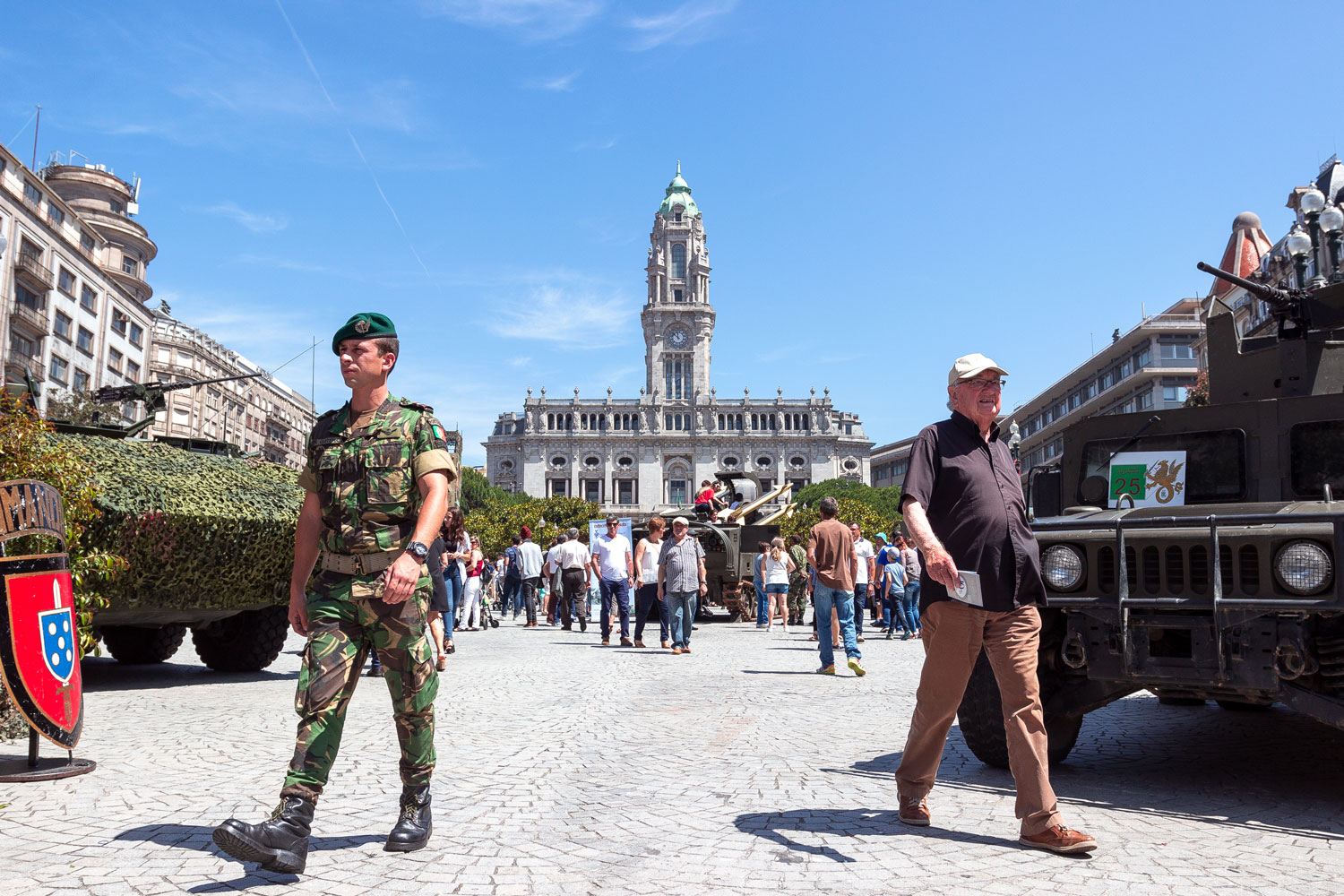
They brought real military helicopters, boats, armored vehicles, and even missile systems with mock missiles to the square. It seems that such exhibitions are held regularly in Porto. Life in small cities is often boring and slow, but Porto is fighting against stagnation.




No matter how incredibly cool it may be in Porto with its tiled houses, streams of red roofs, purple trees and yellow cars, military vehicles and ten-meter mosaics, and even the sardine store – it’s only a prelude, an introductory part, a modest teaser to the real gem.
Porto is an old Portuguese port that once welcomed countless ships of the greatest maritime power — the Portuguese Empire.
Once, it was Portugal that owned Brazil and many colonies along the entire coast of Africa, India, and Asia. It was the Portuguese who first discovered the Cape of Good Hope, circumnavigating Africa. Portuguese explorers include Vasco da Gama, who found the sea route to India, and Magellan, the first to complete a circumnavigation of the globe.
That’s why nothing can be more important than a port in a Portuguese city. Even the name of the city, Porto, shares its root with the word “port.”
What kind of port can there be in the world’s main port city? The port of Porto is a port superpower!

The city itself turns out to be just a residential appendage, a secondary thing. People needed somewhere to live, so they built a few houses around the dock.
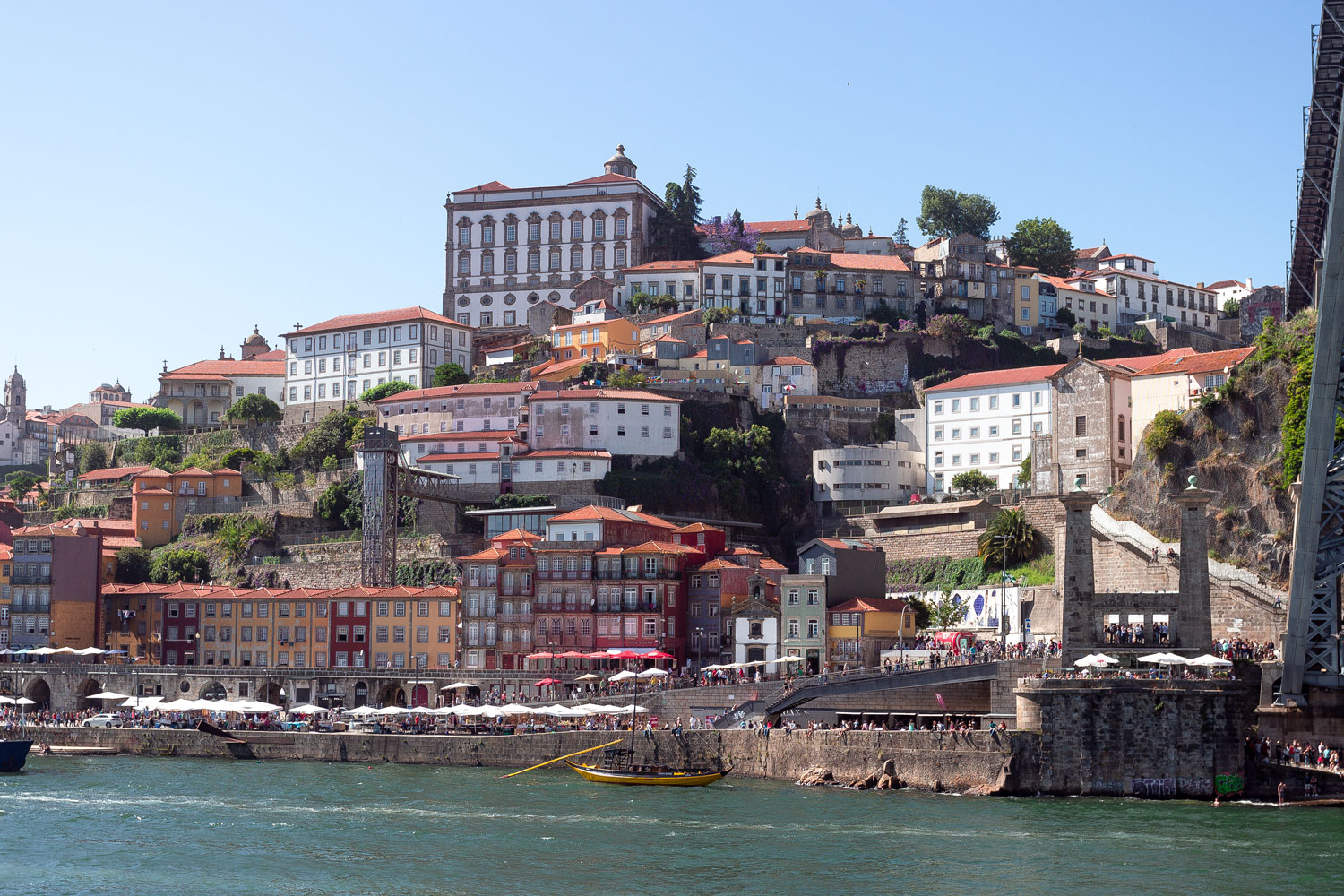

Along the shores of Porto, you can find a variety of ships — from modern high-speed boats to wooden boats from the past century. All of these are popular here, just like vintage cars of famous brands are popular.

And here, finally, unfolds the pinnacle of Porto — the triple bridge by architect Eiffel.

The bridge in Porto is something beyond comprehension, the only thing cooler than it could be the Golden Gate, and nothing more.
I call the bridge “triple” because it serves as a railway, road, and pedestrian bridge simultaneously.
The bridge has two sections. The lower section is used by cars, while the upper section is laid with railway tracks. Trains presumably used to run on the tracks, but now it’s for trams. Both sections can be used by pedestrians as well.


Local football players like to jump into the water from the lower section. Just a while ago, the guys were playing football, and when they got tired of it, they climbed onto the railings and gazed at the water for a long time, occasionally shifting their gaze to the crowds of tourists gathered to watch the jumps.
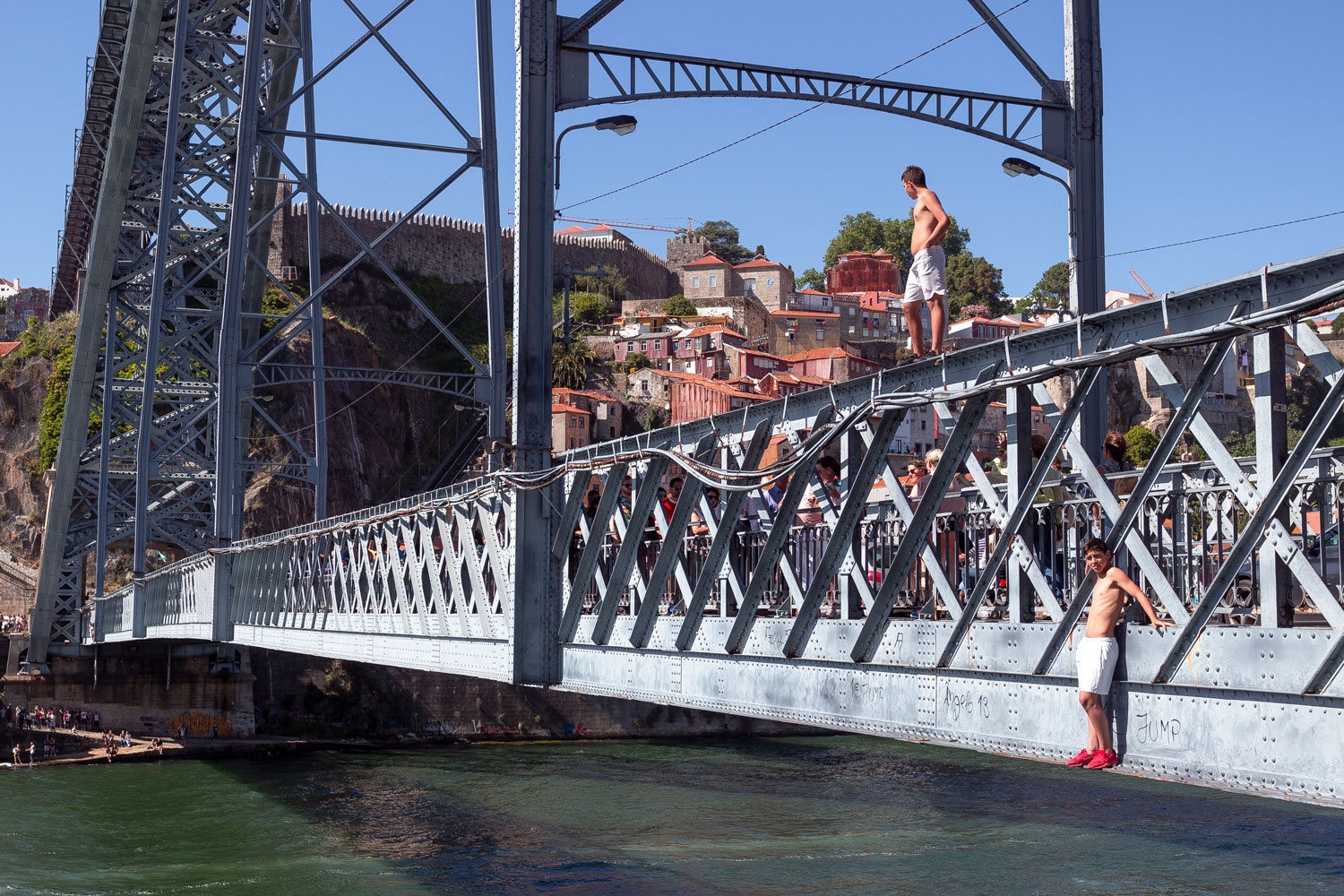
On the bridge, it was written: JUMP! The jumpers had to wait for about twenty minutes, but I never found out how it all ended.

I didn’t find out because I didn’t wait. One day flew by in Porto, and I didn’t have breakfast or lunch, running non-stop through the city where it’s hot with temperatures around +30 degrees and high humidity.
The day was coming to an end, and I could hardly make it to the observation point from where you can see the whole city along with the bridge—the most divine place in the city.

Porto is incredible.

It is the most unimaginable, unimaginable, beautiful, and extraordinary city in Europe.
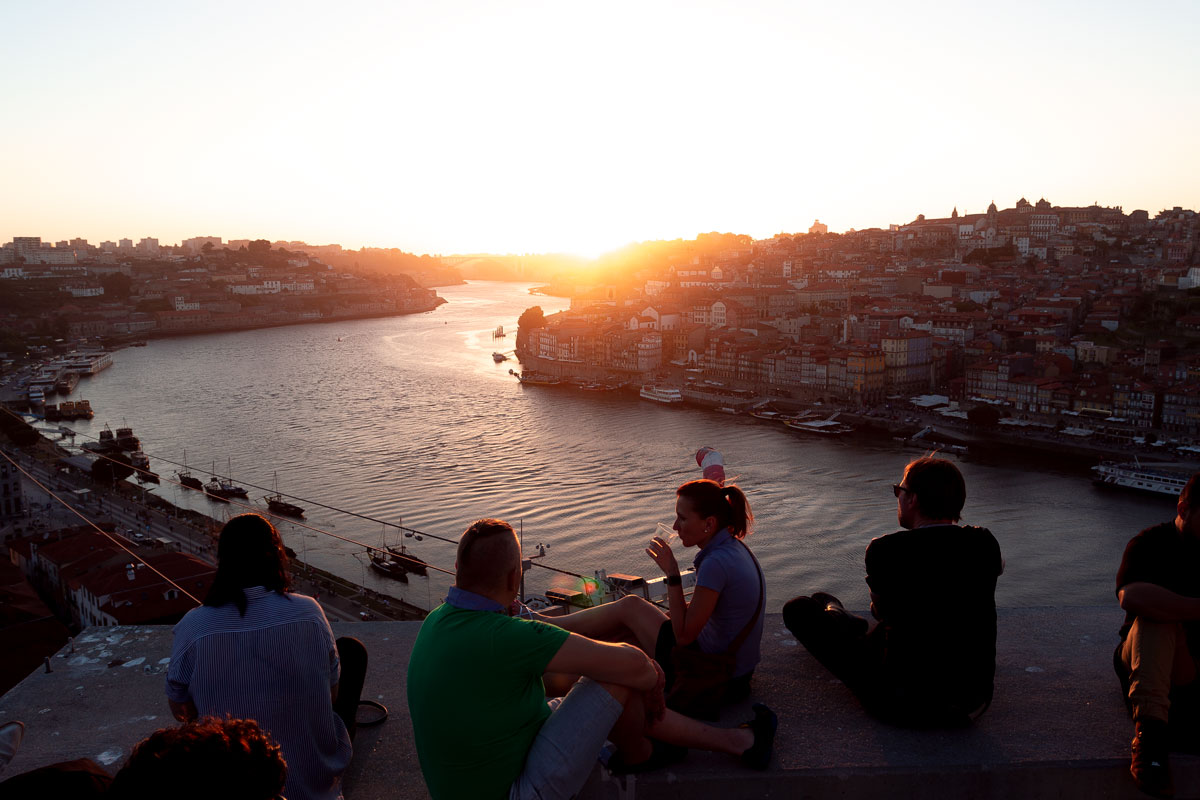
And maybe not just in Europe, but in the whole world.

Woe to those who come to Portugal and do not visit Porto.
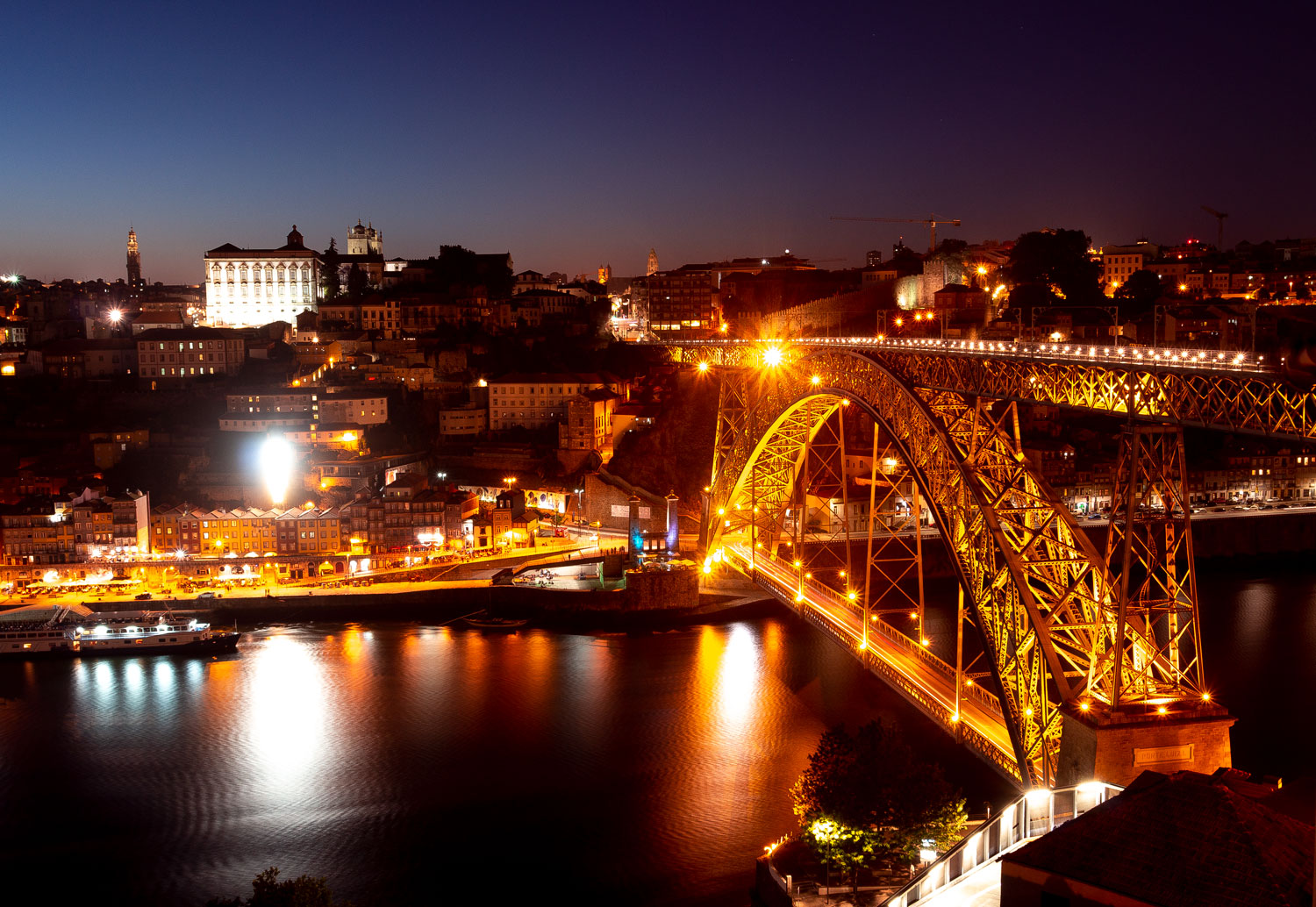
Woe to those who come to Portugal and go to Lisbon.


